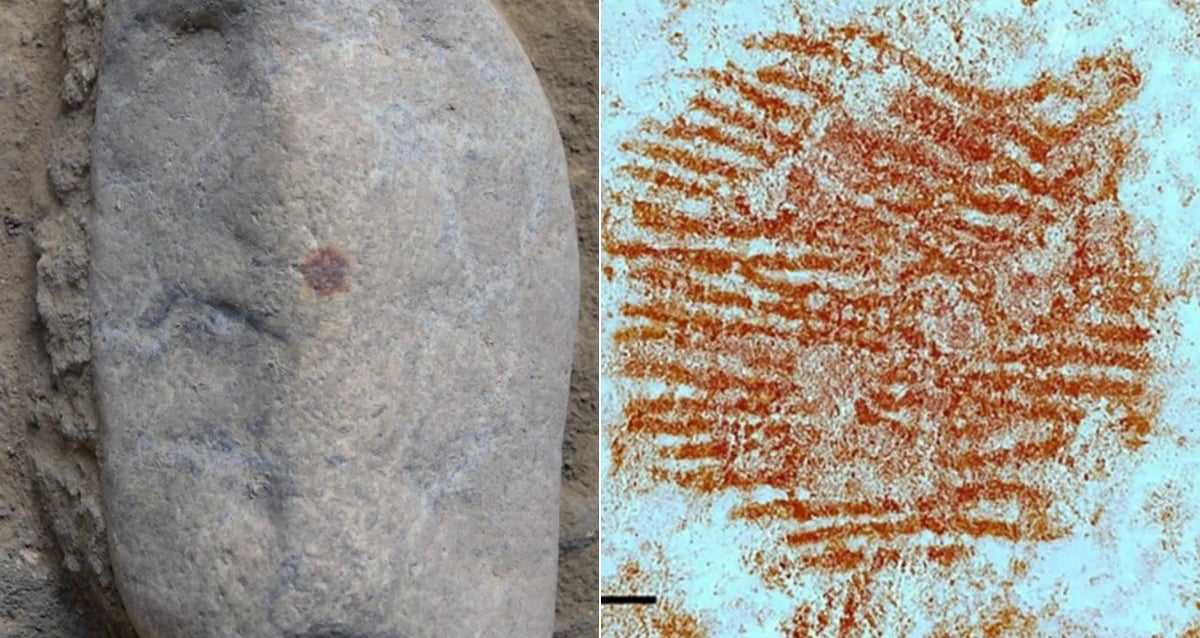Ancient Mystery Unveiled: Neanderthal’s 43,000-Year-Old Fingerprint Discovered in Spain Challenges History
Speaking to the news outlet, fellow researcher Professor Andrés-Herrero said the discovery is “an important contribution to the debate on Neanderthals’ symbolic capacity, because it represents the first known pigment-marked object in an archaeological context” and it is “clear it is a Neanderthal site.”
Likewise, the mark is the first Neanderthal fingerprint to ever be identified.
Ultimately, this new research adds to the mounting pile of evidence that Neanderthals were far more intelligent than previously assumed. For a long time, it was believed that Homo sapiens was the only species capable of expressing itself with art, but now it is harder to deny that Neanderthals could do the same.
After reading about the discovery of the world’s oldest fingerprint, read all about Neanderthals and how they went extinct. Then, see 29 facial reconstructions of ancient people.


















